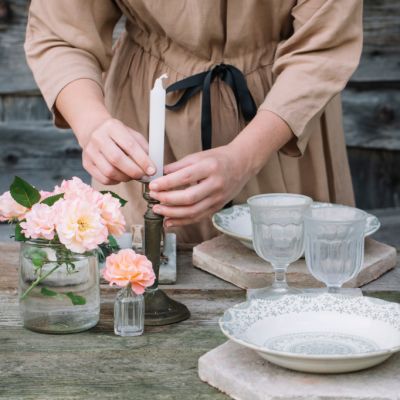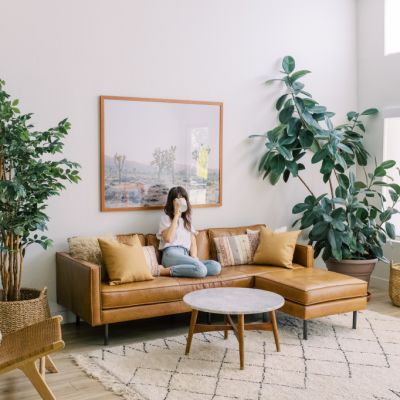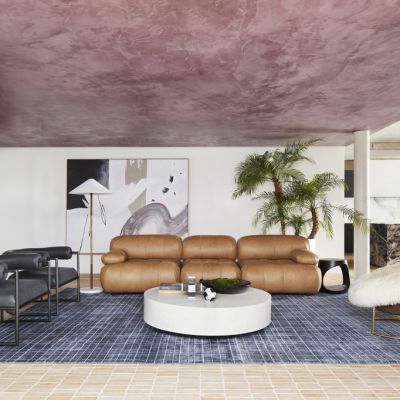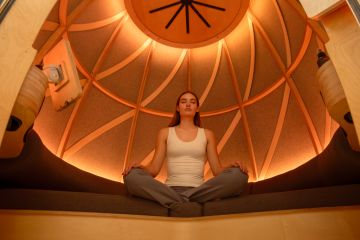'I’m totally obsessed': Why we can't get enough of ceramics
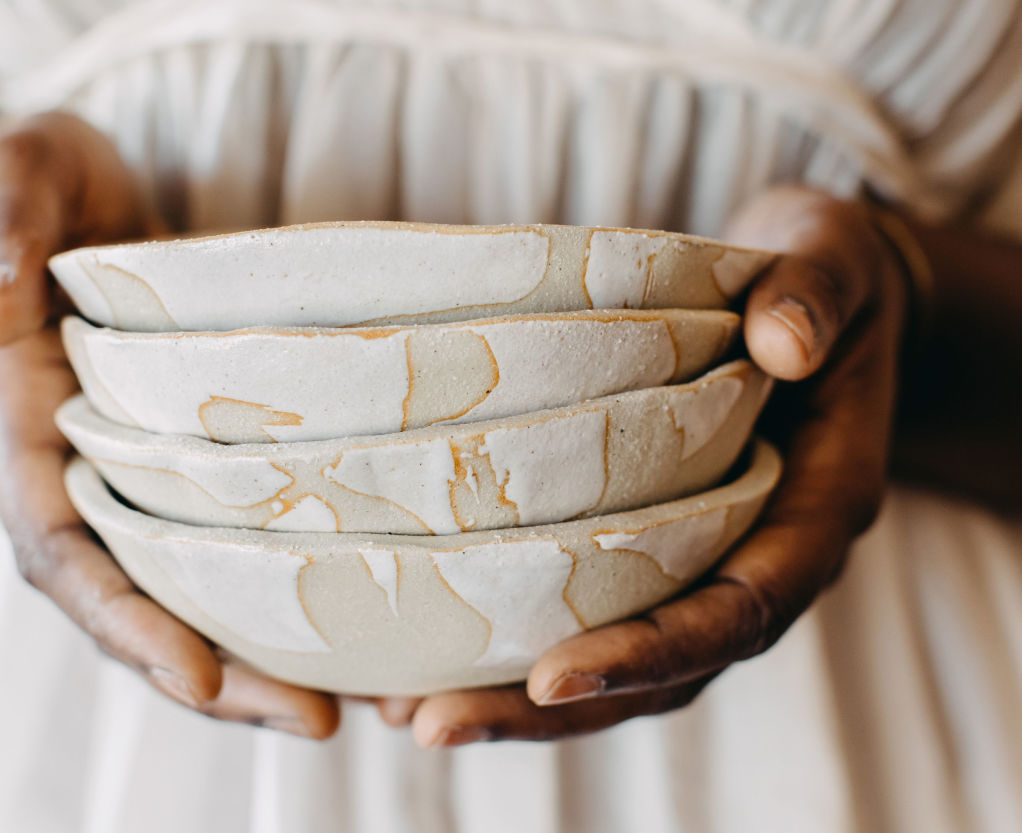
The most beautiful one-off item you can buy for home right now is neither wildly expensive nor trend-driven.
“Ceramics are classic, unique and surprisingly affordable,” says Rebekah Clark, a makeup artist and ceramicist. “It’s a combination of form, colour, and texture that creates something of complete beauty. It’s sculpture with function.”
It’s no surprise the age-old art of pottery is enjoying a resurgence. Over the past 18 months of lockdowns, many have been inspired to improve and embellish their homes, and with that has come a renewed obsession with natural materials and craft skills.
Perth ceramicist Lucy Aboagye agrees. She started her popular Not Yet Perfect workshops in 2018 and saw them triple in size last year, forcing her to relocate to larger premises and expand her team. “The pandemic has seen ceramics renew people’s love for creativity, mindfulness and living in the moment,” she says. “It’s a grounding process that people are looking for.”
Sarah Schembri has been teaching pottery for 10 years from her Fitzroy studio and likens pottery to meditation. Previously working in the corporate sector, she came to clay to alleviate stress. “It takes you out of your head and right in the moment,” she says. “It’s a beautiful way to centre the mind, and COVID has made us reassess how we want to spend our time.”
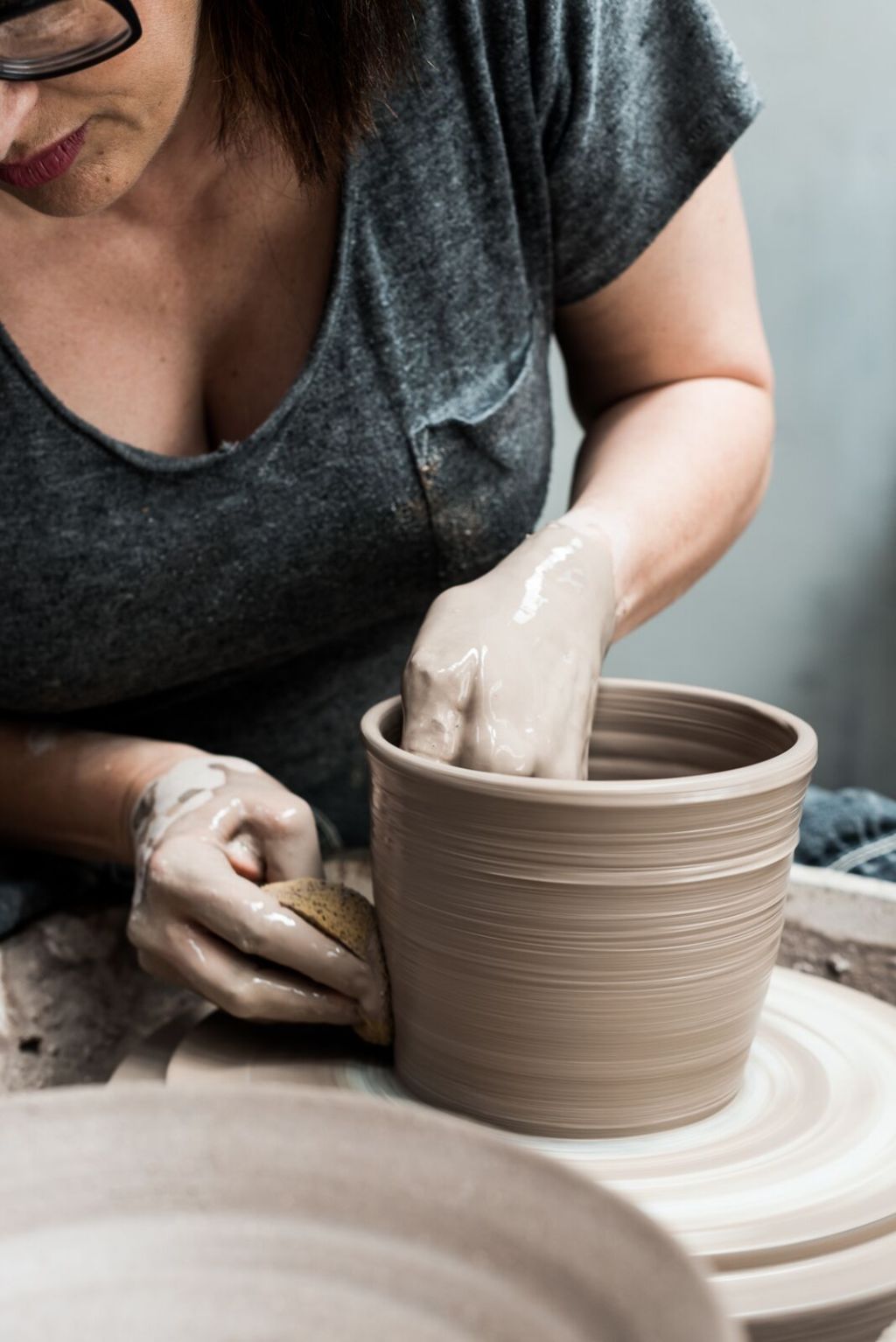
This is a sentiment echoed by many established makers who long ago discovered serenity in clay. Sydney artist Caitlin Robson left the fast-paced world of fashion for her ceramic studio. “Everything feels more aligned since I left my job,” she says.
Drawing from architecture and paintings, Robson’s process begins with pencil and paper. “I draw shapes until they speak to me, and I can see them in their physical form,” she explains. “After prototyping in clay, I experiment with glazes and finishes. Watching a piece come to life brings me the most joy.”
Unlike many art forms that follow specific processes, ceramics can be approached in different ways. Kristin Burgham works out of a small studio on the grounds of a former St Kilda bowling club she shares with other artists. Her creative process begins with an object she has discovered by the side of the road or in a second-hand shop. “I’m drawn to objects that reveal traces of its maker,” she says.
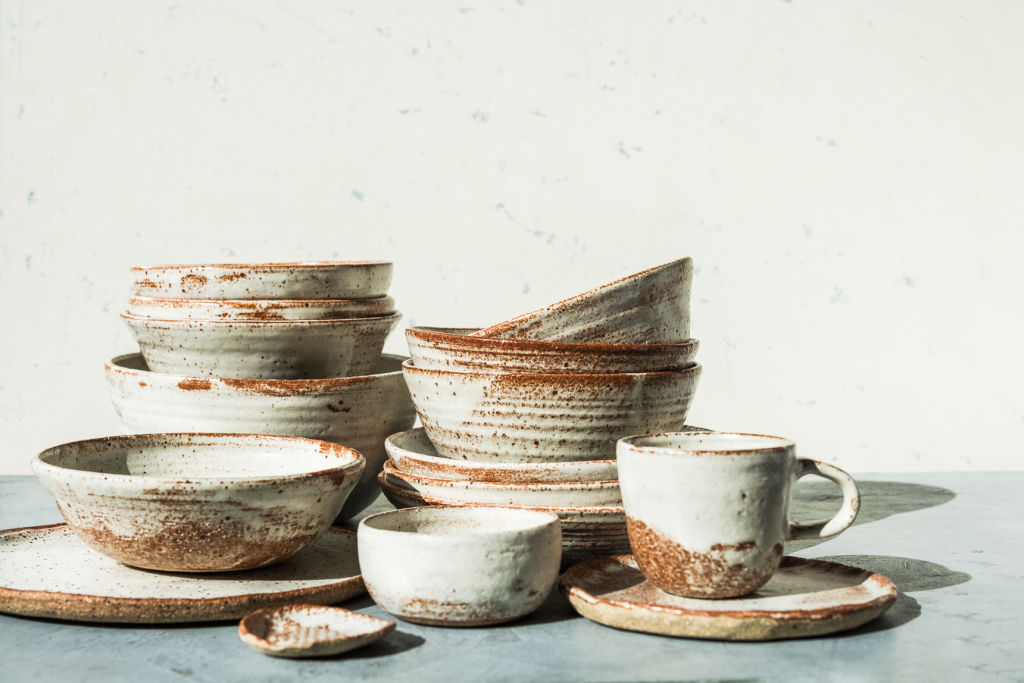
After making a plaster mould of the object, she uses coloured clay to reimagine it. “Moulding or removing an object from its mould is very special,” Burgham says. “There is so much heartbreak in mould making and ceramics, that sometimes just getting a piece to retain its form is a miracle.”
Once completed, she cleans and returns the original object to where she found it. “It’s back in the system and circulating again,” she says. “The mould and my finished pieces are a memory of the object and its maker.”
Matthew Vrettas from Ghost Wares finds inspiration in the clay itself. “It’s soft, malleable and can be altered in many ways, yet with heat, it’s made permanent,” he says. “It is my first approach always.”
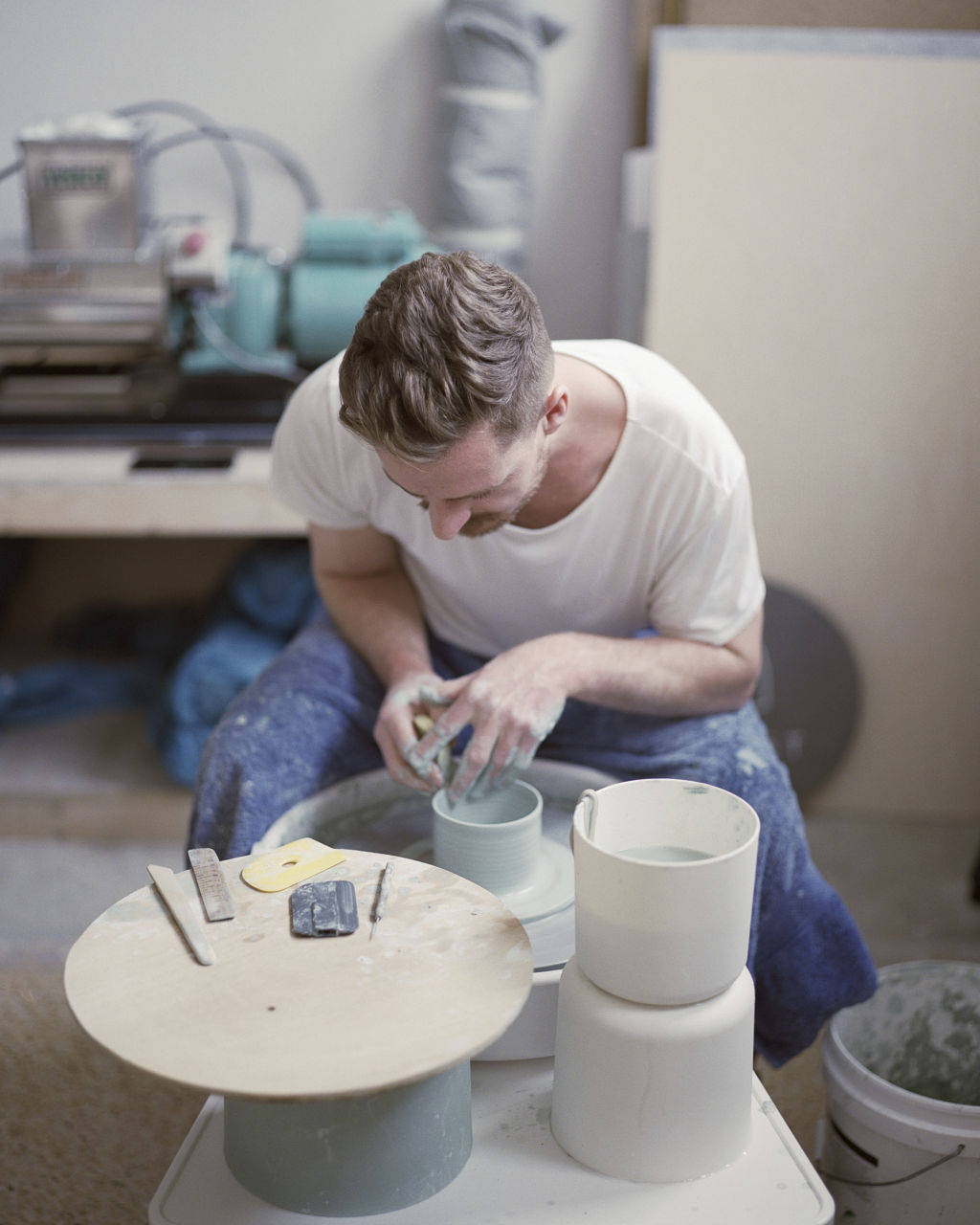
In his studio in Melbourne’s Abbotsford Convent, Vrettas makes playfully elegant objects, from teapots to bud vases. “Each feels precious but familiar, appropriate in multiple environments, blends into the background, but still has enough character to make it interesting and personal,” he says.
Unlike other creative industries, like fashion and interiors, the most coveted ceramics are not driven by fads. “I used to approach ceramics following current trends, but it took the joy out of working with clay,” says emerging ceramicist Ella Bendrups.
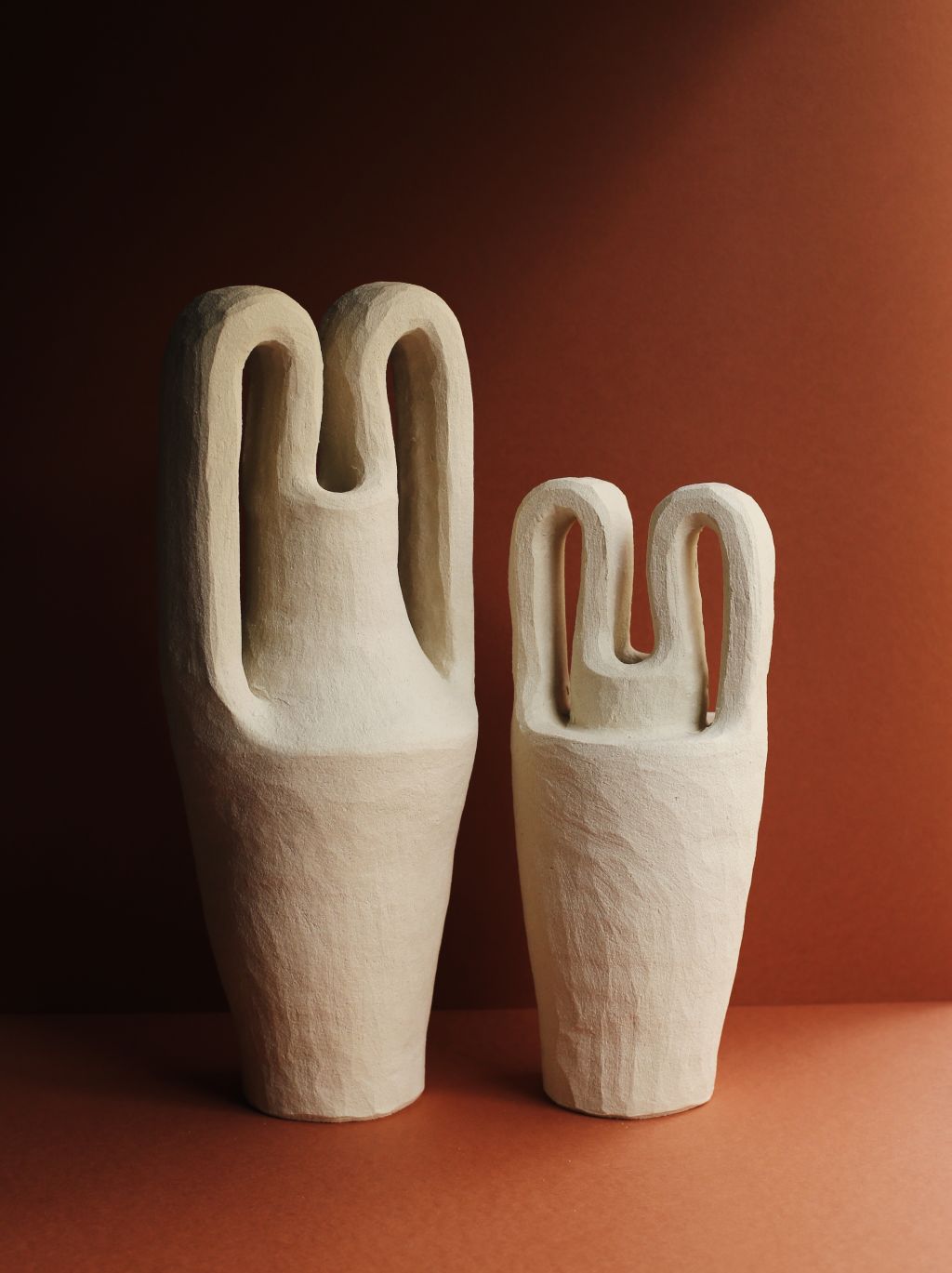
Hand-building her pieces using pinching, coiling, slab building and carving techniques, Bendrups creates sculptural forms influenced by Cycladic, Cypriot and Etruscan cultures.
With her current practice focusing on ancient clay and stone artefacts, Bendrups doesn’t indulge in surface decoration like glazes and instead applies subtle treatments that emphasise the way light plays on each piece. “The raw colours of the fired clays are preserved, speaking to the earth from which they originated,” she adds.
For Clark, ceramics has proved a life change that is enjoyable and exciting. “The slow process of creating something from nothing with your hands and watching the clay transform is a magical experience,” she says. “I’m currently focusing on hand-building techniques using different clay bodies and glazes to create useful organic pieces to treasure. I’m totally obsessed.”
Tips for starting your own ceramics collection
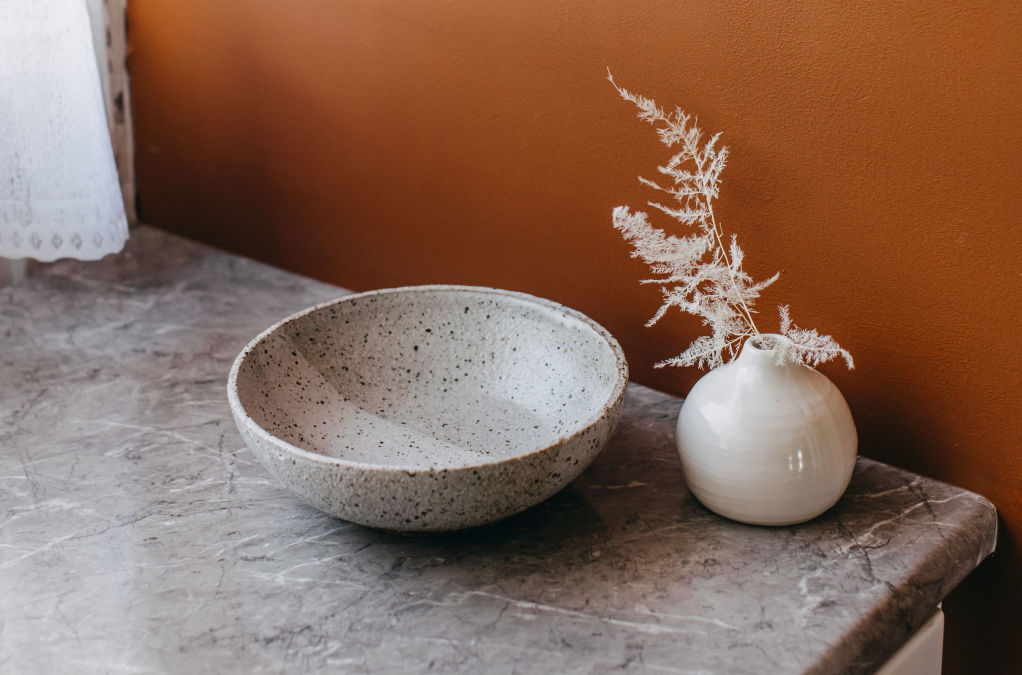
“Buy what you love and what speaks to you, not what is ‘fashionable’ or the new ‘cool’ thing,” suggests Schembri. “… classics are always timeless and in demand.”
“Have pieces in your space you connect with, whether it’s on a superficial level or in a more personally meaningful way,” Bendrups adds.
“You don’t have to go to interior design shops to find amazing pieces,” says Clark. “Visit open studios and buy local. I’ve found some of my favourite original pieces from op shops.”
“Touch ceramics and see how they feel,” Aboagye says. “Mixing and matching finishes, textures and colours adds dimension to a space, from the hallway to a dining table.”
“Don’t feel like you need to match pieces,” says Robson. “Combining different pieces evokes different moods, emotions and shows your personality.”
“Look for objects you are drawn to and think about the environment they will inhabit,” Vrettas says. “If you plan to keep and cherish objects, think about their longevity and how they will inhabit your home for years.”
10 beautifully useful ceramics for under $100
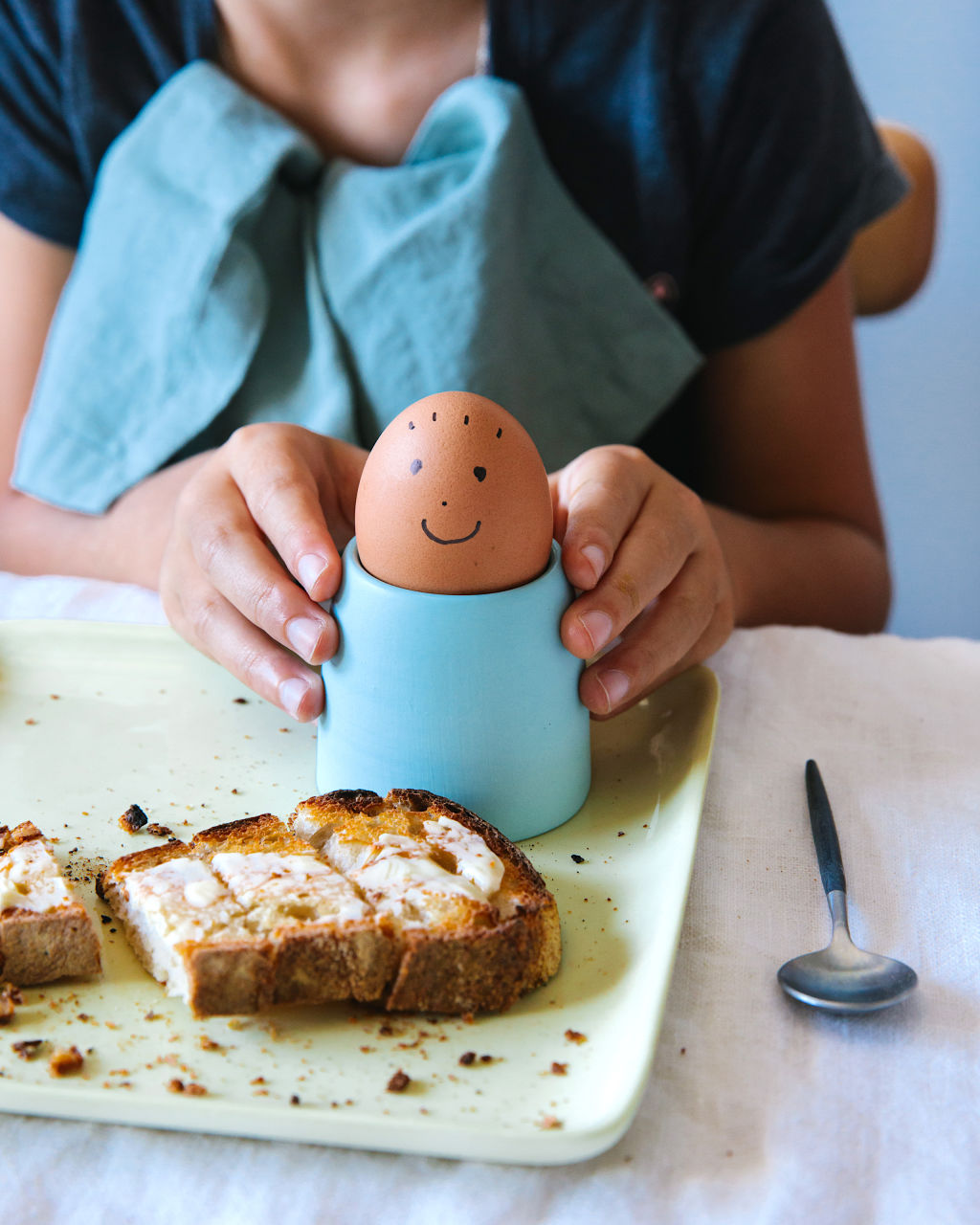
- Stripe vase, $75, La Petite Fabrique de Brunswick
- Dome Burner, $49, Oh Hey Grace
- Landscape planter, $65, Leaf and Thread
- Egg cup, $44, Mud Australia
- Marbled gem cup, $54, Milly Dent
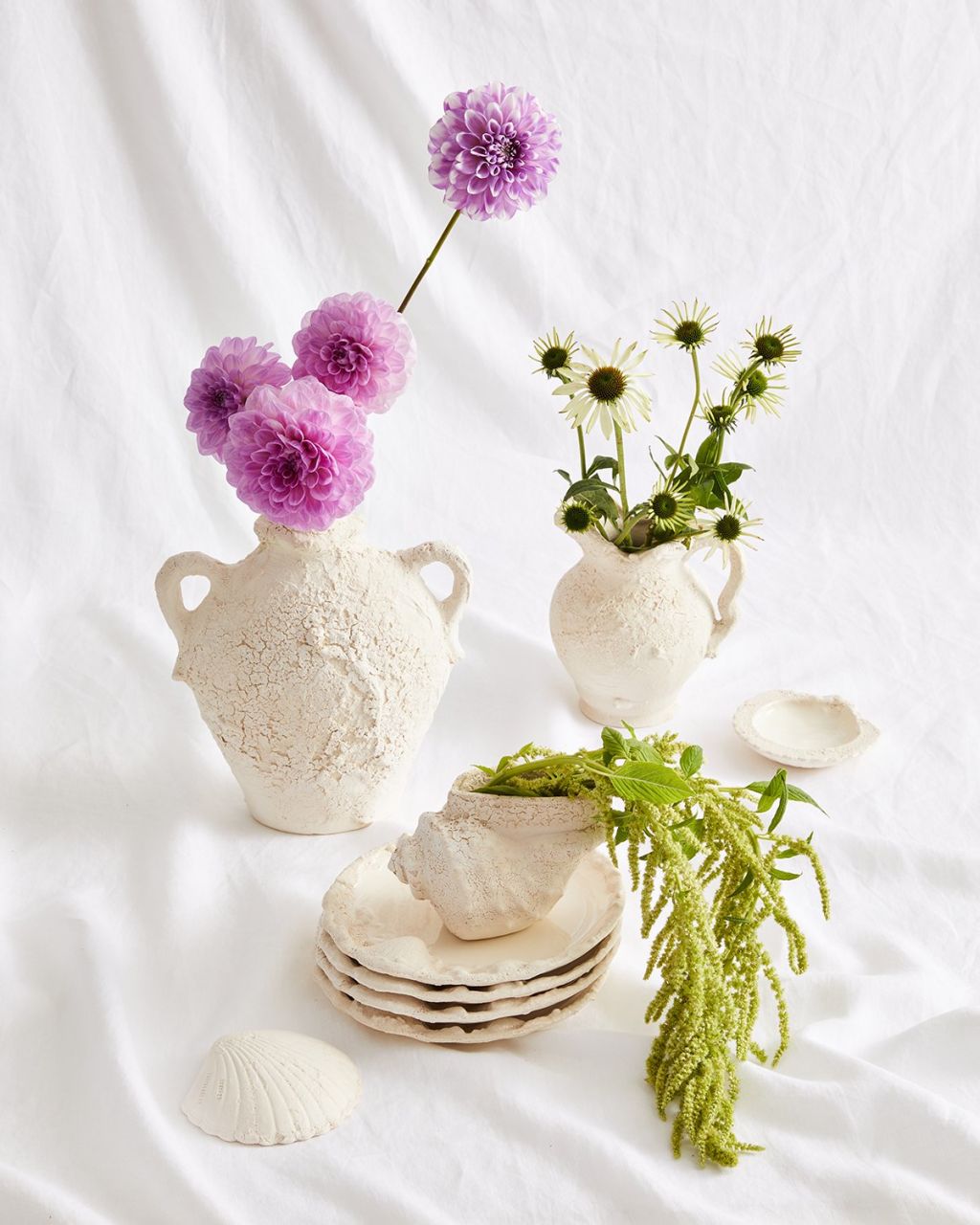
We recommend
States
Capital Cities
Capital Cities - Rentals
Popular Areas
Allhomes
More
- © 2025, CoStar Group Inc.
